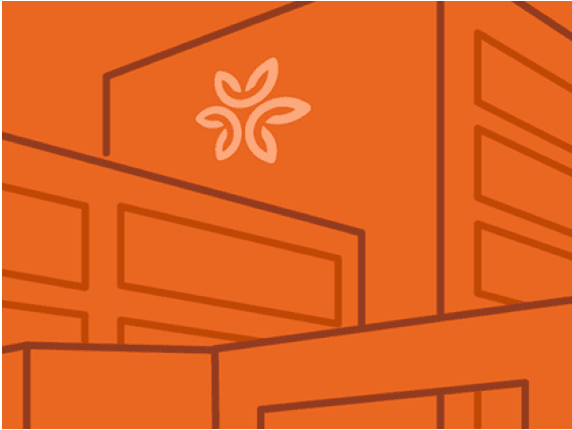
Phoenix, AZ
Cardiovascular - Dignity Health St. Joseph's Hospital and Medical Center
Address
Hours
Sun Closed
Mon
8:00AM - 4:00PM
Tue
8:00AM - 4:00PM
Wed
8:00AM - 4:00PM
Thu
8:00AM - 4:00PM
Fri
8:00AM - 4:00PM
Sat Closed
About Cardiovascular - Dignity Health St. Joseph's Hospital and Medical Center
Cardiovascular - Dignity Health St. Joseph's Hospital and Medical Center is dedicated to delivering high quality, compassionate care to Phoenix, AZ and nearby communities. Visit us at 350 W Thomas Rd, Phoenix, AZ or call (602) 406-1150 for more information.
Want to see a doctor?
Look for a cardiologist near Phoenix, AZ and schedule an appointment.
Services We Offer
- Cardiomegaly
- Dissections
- Vascular Services
- Cardiac Catheterization
- Mitra Clip
- Transcatheter Aortic Heart Valve Replacement (TAVR)
Cardiomegaly
Cardiomegaly is a descriptive term that is used to refer to the physical finding of an enlarged heart and is not a disease itself.
Dissections
Dissections are used in the prevention of disease and to help determine the cause of death in an autopsy.
Vascular Services
Vascular surgery is a surgical subspecialty in which diseases of the vascular system, or arteries, veins and lymphatic circulation, are managed by medical therapy, minimally-invasive catheter procedures, and surgical reconstruction.
Cardiac Catheterization
Cardiac catheterization is a medical procedure that cardiologists use to evaluate heart function and diagnose cardiovascular conditions. A long narrow tube called a catheter is inserted into an artery or vein in your groin, neck, or arm.
Mitra Clip
A MitraClip is a procedure that is used to fix the mitral valve of the heart. The procedure involves the use of a catheter fed to the heart through a vein in the leg. Doctors can then attach a small clip to the mitral valve to help it close properly, restoring normal blood flow to the heart.
Transcatheter Aortic Heart Valve Replacement (TAVR)
Transcatheter aortic valve replacement (TAVR) is a minimally invasive procedure to replace a narrowed aortic valve that fails to open properly.
Conditions We Treat
- Aneurysms
- Atherosclerosis
- Adult Congenital Heart Disease
- Arrhythmias
- Abdominal Aortic Aneurysms
- Atrial Fibrillation
- Cardiac Arrest
- Cardiomyopathy
- Carotid Artery Disease
- Congestive Heart Failure
- Heart Attack
- Heart Valve Disease
- High Blood Pressure (Hypertension)
- Lymphedema
- Marfan Syndrome
- Occlusions
- Pericarditis
- Pericardial Effusion
- Peripheral Arterial Disease
- Renal Artery Stenosis
- Raynaud's Disease
- Stroke
- Thoracic Outlet Obstruction
- Vasculitis
- Peripheral Artery Disease (PAD)
- Atrial Fibrillation
- Mitral Regurgitation
- Heart Failure
Frequently asked questions
Look for a cardiologist near Phoenix, AZ and schedule an appointment. Find a doctor.
2. View our current Physician Residency opportunities
3. View our current RN New Grad Residency opportunities
Find a Doctor
Looking for a doctor? Perform a quick search by name or browse by specialty.
